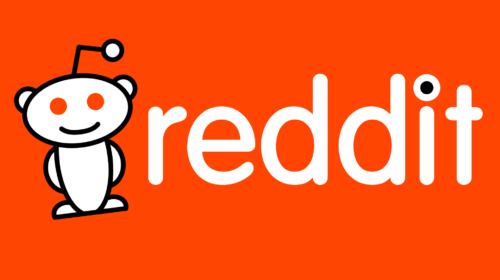The Internet of Things (IoT) is a revolutionary concept that is reshaping the way we interact with the world around us. It has evolved from a buzzword into a transformative force with profound implications for industries, businesses, and our daily lives. In this article, we’ll explore the Internet of Things, its growth, and the incredible ways it is connecting and enhancing our world.
Understanding the Internet of Things
At its core, IoT is a network of interconnected devices, objects, and systems that can communicate and share data over the internet. These devices are equipped with sensors, software, and connectivity, allowing them to collect and exchange information with each other, cloud-based platforms, and, ultimately, with humans.
The Growth of IoT
IoT has witnessed exponential growth in recent years, with billions of devices already connected and millions more being added daily. This proliferation can be attributed to several factors:
- Advances in Technology: The development of smaller, more powerful, and cost-effective sensors and communication modules has made it feasible to equip a wide range of objects with IoT capabilities.
- Connectivity: The widespread availability of high-speed internet and the rollout of 5G networks have provided the necessary infrastructure for seamless IoT communication.
- Data Analytics: IoT generates vast amounts of data. Advanced analytics and machine learning algorithms can extract valuable insights from this data, driving the adoption of IoT in various industries.
Applications of IoT
IoT’s impact extends across numerous sectors and domains, transforming the way businesses operate and enhancing our daily lives:
1. Smart Homes: IoT has made homes more connected and convenient. Smart thermostats, lights, and appliances can be controlled remotely, enhancing energy efficiency and security.
2. Healthcare: Wearable devices and IoT-enabled medical equipment are improving patient care and allowing healthcare providers to monitor and diagnose conditions remotely.
3. Agriculture: IoT sensors collect data on soil conditions, weather, and crop health, enabling precision farming and increasing agricultural productivity.
4. Transportation: IoT is revolutionizing transportation with smart vehicles, connected infrastructure, and real-time traffic management, making travel safer and more efficient.
5. Manufacturing: IoT-powered sensors and automation are optimizing manufacturing processes, reducing downtime, and improving product quality.
6. Energy: IoT is enhancing energy management through smart grids, allowing for better control of energy production and distribution.
7. Retail: IoT provides insights into customer behavior, optimizing inventory management and personalizing shopping experiences.
8. Environmental Monitoring: IoT sensors monitor environmental conditions, enabling early detection of pollution and natural disasters.
Challenges and Considerations
While IoT offers tremendous benefits, it also presents challenges:
- Security: The interconnected nature of IoT devices makes them vulnerable to cyberattacks. Ensuring robust security measures is essential.
- Privacy: The collection and sharing of personal data by IoT devices raise privacy concerns. Regulatory frameworks are evolving to address these issues.
- Data Overload: IoT generates vast amounts of data, leading to challenges in data storage, management, and analysis.
The Future of IoT
IoT’s growth shows no signs of slowing down. As technology continues to advance, we can expect even more innovative applications and use cases. Edge computing, which processes data closer to the source, will become increasingly important in handling IoT-generated data.
The Internet of Things is not just connecting devices; it’s transforming the way we live and work. From smart cities to healthcare, agriculture to transportation, IoT is enhancing efficiency, improving decision-making, and ultimately making our world smarter and more connected. As IoT continues to evolve, it promises to be an integral part of our increasingly interconnected future.





